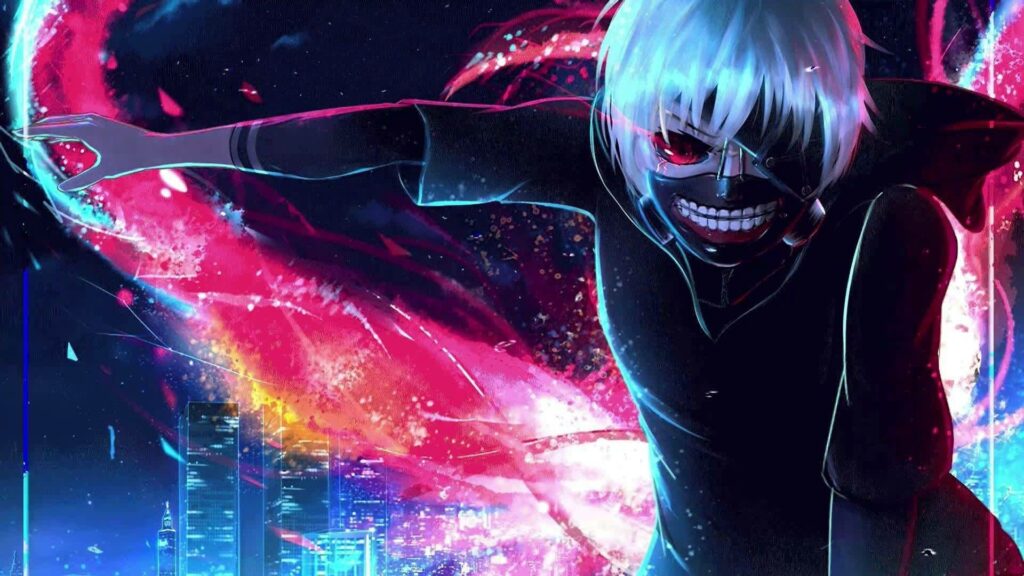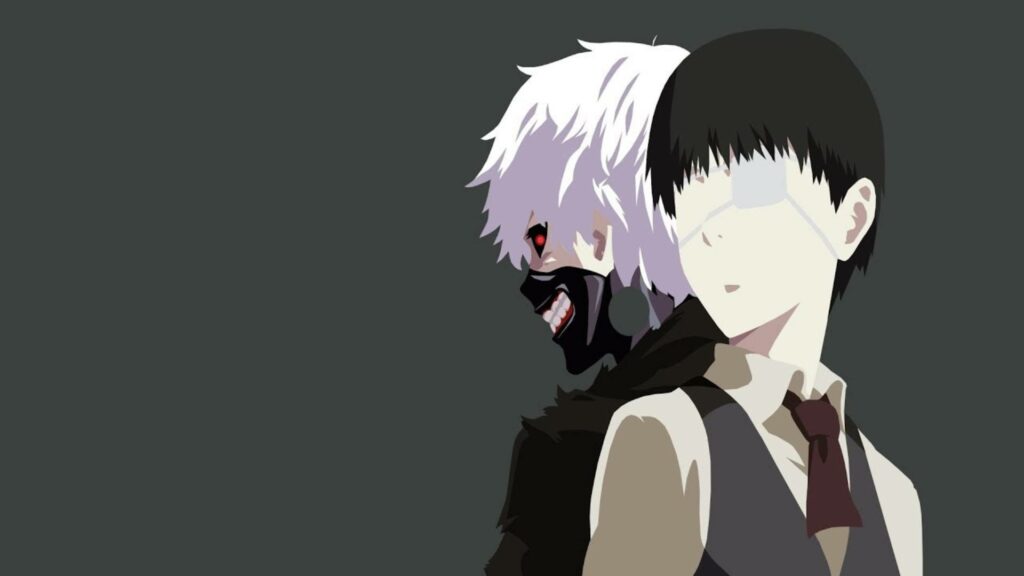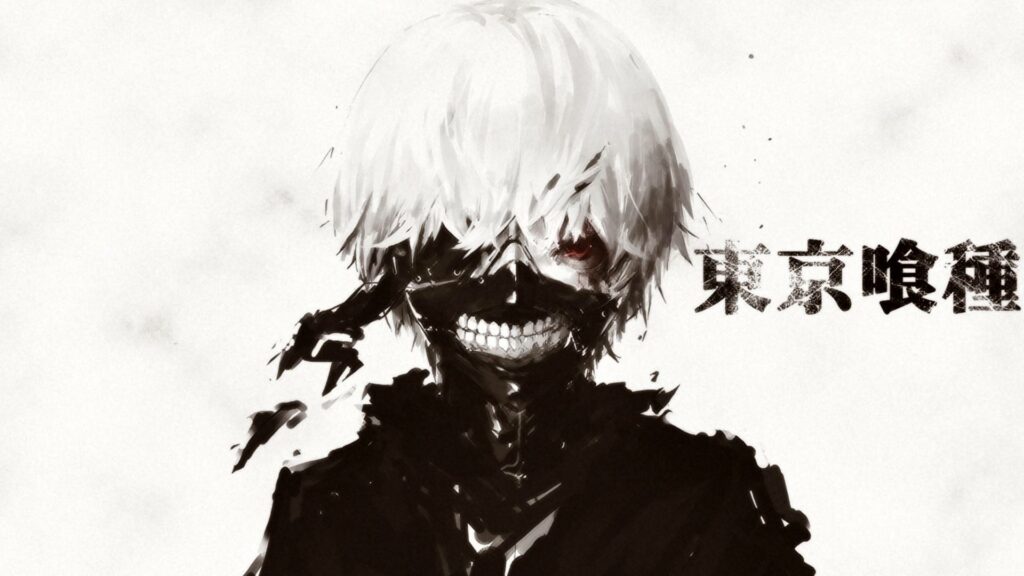Today we’re diving into the depths of Tokyo Ghoul beyond blood and violence. Sui Ishida’s dark masterpiece might appear to be just a horror-action series at first glance, but it actually presents a powerful metaphor reflecting the most painful realities of modern society. Through Kaneki Ken’s tragic transformation, let’s explore what it means to be excluded, experience identity crisis, and be trapped between two worlds.
Kaneki Trapped Between Two Worlds: The Embodiment of Identity Crisis
Tokyo Ghoul’s main character, Kaneki Ken, transforms into a half-ghoul after an accident while being an ordinary university student. He’s now neither fully human nor fully ghoul—trapped between two worlds. This situation perfectly reflects the experience of people who can’t feel they belong to any group and live on the edges of society.
The question “Who am I?” is the essence of Kaneki’s internal conflict. He must deal with his ghoul instincts while trying to preserve his human side. This conflict is a familiar experience for immigrants, individuals with mixed identities, or those who grow up between different cultures. Tokyo Ghoul presents this identity crisis with bone-chilling reality.

Ghouls and Humans: Fear-Based Discrimination
In the Tokyo Ghoul universe, ghouls are beings who can’t eat anything but human flesh. This biological necessity makes them monsters in society’s eyes. They are ruthlessly hunted by the CCG (Commission of Counter Ghoul) and constantly forced to hide.
This situation is a powerful allegory for the oppression and discrimination experienced by groups with different ethnic, religious, or sexual identities throughout history. Being “different” leads ghouls to be automatically labeled as “evil.” Society approaches them with fear and tries to destroy them rather than trying to understand them.
Anteiku Coffee Shop: Symbol of Refuge and Acceptance
Anteiku coffee shop holds a special place in the Tokyo Ghoul universe. It’s not just a cafe but a safe haven, a community center for ghouls. Under Yoshimura’s leadership, ghouls trying to live peacefully come together here.
Anteiku represents marginalized groups’ efforts to create their own safe spaces. It shows the need for people who aren’t accepted in the outside world to support each other and form their own communities. Places like LGBTQ+ centers, immigrant community houses, or minority cultural centers in modern societies serve a similar function.

Yamori’s Torture: The Transformative Power of Trauma
One of the series’ most disturbing parts is Kaneki being tortured by Yamori for days. This traumatic experience completely changes Kaneki—his hair turns white, his personality hardens, and he begins to accept his ghoul side.
This transformation shows how severe trauma can change people. Social exclusion, discrimination, and violence deeply affect victims and sometimes change them beyond recognition. Kaneki’s words, “The world is a cruel place. The cruel ones survive,” reflect the harsh perspective developed by marginalized groups to survive.

Ghoul Mask: The Necessity of Hiding True Self
In Tokyo Ghoul, ghouls wear masks to hide their identities. These masks provide both physical and metaphorical protection. Kaneki’s one-eyed mask becomes a symbol of his divided identity.
This situation reflects the experience of people who must hide their true identities to be accepted in society. People who hide their sexual orientation, religious belief, ethnic origin, or disability metaphorically wear Kaneki’s mask. The concept of “code-switching” (showing different behavior patterns in different social environments) explains exactly this situation.

Eto/Takatsuki Sen: Two Faces of Fighting the System
Eto (or Takatsuki Sen with her human identity) is one of the series’ most complex characters. While respected in human society as a successful writer, she’s also one of the most feared figures in the ghoul world as the One-Eyed Owl.
Eto represents two different ways of fighting the system: trying to change it from within and trying to destroy it from outside. She makes us think about different strategies oppressed groups use in their struggle for rights. While some try to create change by working within the system, others aim to completely transform the system with more radical methods.
Tokyo Ghoul is far beyond being an anime filled with blood and violence—it’s a profound work dealing with universal themes like social exclusion, othering, and identity crisis. Kaneki’s state of being “neither human nor ghoul” reflects the experience of millions of people who can’t feel they belong anywhere and live between boundaries in the modern world.
Perhaps the most important message the series gives us is that we can meet on a common ground of humanity beyond our differences. Kaneki’s effort to live as both human and ghoul shows the difficulty of uniting different worlds but also that it might be possible.
What about you? Which aspect of Tokyo Ghoul affected you the most? Did you find a piece of yourself in Kaneki’s transformation? Or did you see yourself in the conflicts experienced by characters like Touka? Share your thoughts on this dark but profound anime!





